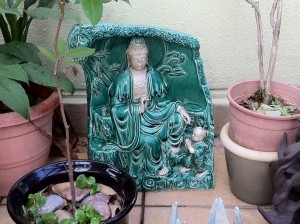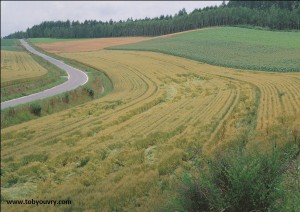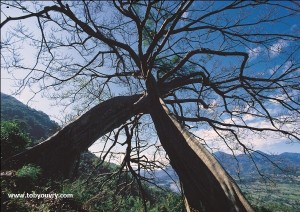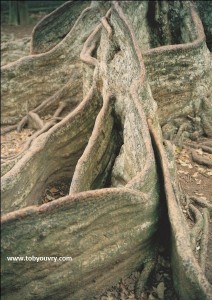 My daughter has just turned six, and one of the things that I have noticed about our relationship recently is that it has been possible for me to start changing my relationship to her from a lot of “do this” and “do that” instructions to a much more process based “Why don’t you try this?” or “What will happen if you think about it this way?”. Her gradual increase in age and maturity, combined with my own gradual maturing as a parent has allowed our relationship to evolve from being somewhat dictatorial to much more co-creative.
My daughter has just turned six, and one of the things that I have noticed about our relationship recently is that it has been possible for me to start changing my relationship to her from a lot of “do this” and “do that” instructions to a much more process based “Why don’t you try this?” or “What will happen if you think about it this way?”. Her gradual increase in age and maturity, combined with my own gradual maturing as a parent has allowed our relationship to evolve from being somewhat dictatorial to much more co-creative.
How we often use the “do this / do that” mentality with regard to the way we treat ourselves
One of the things that has struck me when thinking about the changes in my relationship to my daughter is how often we get caught up in a “do this” and “do that” relationship to ourself. “Instead of approaching situations and challenges in our life with an open, flexible and enquiring mind, often we will simply react in a pre-programmed way, based around our past experience. Internally we order ourselves around with no real sensitivity to what is actually happening and this kills our ability to respond authentically and creatively.
For example I may find myself mentally punishing myself for not having made more effective use of my time during the day. The conversation goes something like:
“You should not have got sidetracked by this, you should not have wasted time doing that, you don’t deserve to relax this evening because you have not achieved what you wanted…” the instructions and judgments go on and on…
What we can replace the Do this/do that mentality with
One of the things that we are trying to create through a meditation practice is enough self-awareness to be able to respond to our immediate circumstances as they are, without projecting judgments or old values onto them. What we are trying to do is replace the automatic “do this” and “do that” voice of our judgments and past mental programs with questions like:
“What is this situation showing me or offering to me?”
“What are the real emotions behind what is being said here?”
“What is the most creative thing I can do in this situation?”
“What is my most authentic response to what is happening here?
By bringing questions such as these to the forefront of our mind in our daily life we can start to over ride the automatic “do this” and “do that” orders coming from our subconscious mind and start to live a life that involves more freedom, more authenticity and more happiness.
Awareness exercise:
The art of going beyond our “do this” and “do that” mentality lies in replacing these inner orders with a question that stimulates our enquiring mind and creativity. The next time you can hear and feel your old judgments barking orders at you as you try and cope with a life challenge, consciously place this question in the centre of your awareness:
“What is this situation helping me to see and learn?”
Try and stay with this question for a few minutes and observe the creative ideas that start to emerge from the inner space that the question allows.
PS: Heads up on the new series of meditation classes starting at the beginning of September 2011 “Meditations for Creating a Mind of Ease, Appreciation and Positive Intention”. Follow link for details!
© Toby Ouvry 2011, you are welcome to use or share this article, but please cite Toby as the source and include reference to his website www.tobyouvry.com
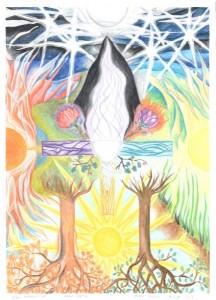
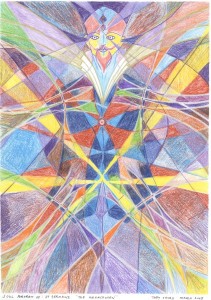
 Dear Integral Meditators,
Dear Integral Meditators,